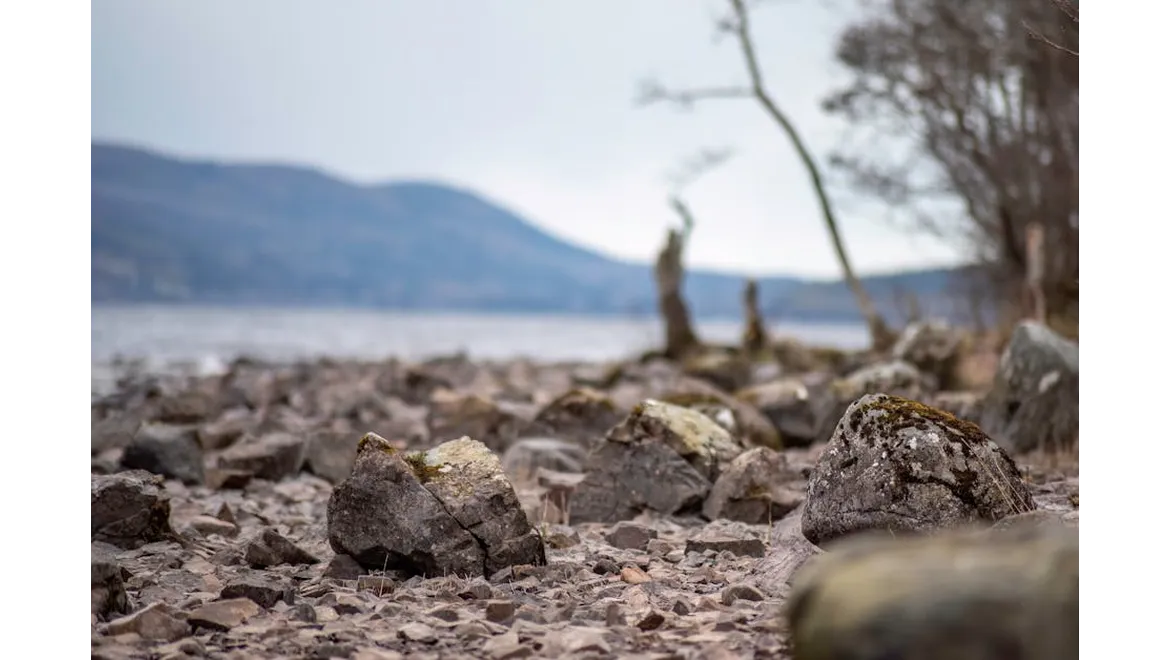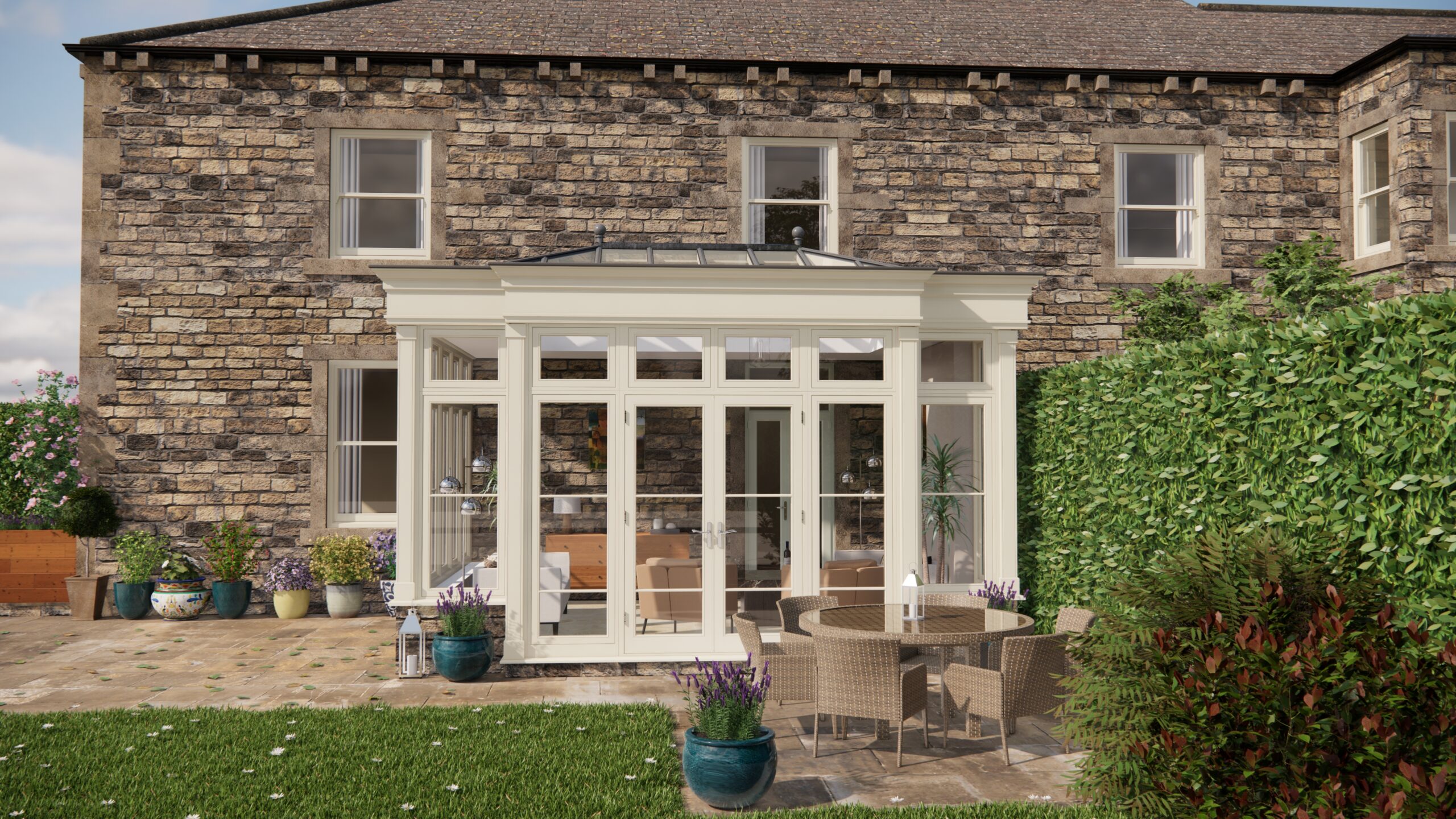Right then, let’s talk rock gardens! I’ve always admired those miniature mountainscapes, but felt a bit intimidated. So, I cornered my friend Hollie, a self-confessed alpine enthusiast, for a cuppa and a good old gardening natter. Turns out, it’s not as daunting as it looks, especially when you weave it into the seasonal rhythm of a UK garden. Hollie’s passion for rock gardens is infectious, and her experience has completely changed my perception of what’s possible, even in a relatively small space.
“The beauty of a rock garden is its longevity, especially when planned properly and carefully,” Hollie started, stirring her tea. “It’s not just a summer fling; it evolves through the seasons.” She emphasised the importance of planning, especially considering the UK climate, which can be, shall we say, unpredictable.
First, we tackled the bedrock – literally! Choosing the right rocks is crucial, and their placement even more so. Hollie recommends using local stone whenever possible to maintain a natural aesthetic. “Think about the strata,” she advised. “Rocks are rarely placed upright naturally. Angled placement, partially buried, mimics how they weather and settle in the landscape.” She prefers sandstone or limestone for their texture and ability to support plant life. Avoid brightly coloured or highly uniform rocks as they can look artificial. Always bury the rocks around two-thirds into the soil, otherwise they might look more like garden decor than a garden feature. Ensure that you purchase the rocks from a reliable source and they will be free of weeds and pests and will have naturally worn edges so the rock blends into the environment.
Next, the soil preparation. This is where it gets specific to alpine plants. “They need excellent drainage,” Hollie stressed. “Think about their native mountain environments – rain runs right through!” She recommends a mix of equal parts grit, horticultural sand (not builder’s sand!), and a good quality loam. “Adding a bit of well-rotted leaf mould is good too, but avoid anything too rich.” Consider incorporating some crushed granite or slate chips into the soil around the rocks to further improve drainage and mimic the natural scree slopes where many alpine plants thrive.
Then comes the fun part: plant selection. Hollie’s a firm believer in choosing plants that offer year-round interest. “Spring is a burst of colour with things like Saxifraga and dwarf irises. Summer brings Sempervivum and Sedum, which are incredibly drought-tolerant. Autumn colours come from Hebe and dwarf conifers. And in winter, the structure of the rocks and evergreen plants like Juniperus provide visual interest.” She advocates researching specific plant needs regarding sunlight and moisture levels within your garden. Considering microclimates is essential – south-facing slopes will be drier and warmer than north-facing ones.
We talked about the importance of designing for different slopes and exposures. “A steeper slope will naturally drain better,” Hollie pointed out. “So, you can plant things that prefer drier conditions. A flatter area might need extra drainage built in.” For sun-drenched spots, she recommends Armeria maritima (sea thrift) and Thymus serpyllum (creeping thyme). For shady areas, Asarum europaeum (European wild ginger) and various ferns can thrive. It’s about understanding what each area offers and choosing plants accordingly. Also, use taller rocks to create a feeling of depth and perspective in the rock garden, and also to create areas of both full sun and dappled shade.
But it’s not just about the practicalities. Hollie was keen to emphasise the joy of cultivating unique and challenging alpine plants. “It’s so rewarding seeing these little plants flourish in your garden,” she smiled. “They often have incredible textures and colours, and they bring a touch of the mountains to your backyard.” She mentioned propagating alpine plants from cuttings or seeds as a cost-effective way to expand her collection and share her passion with others. A really interesting option is to use alpines to create a miniature version of a full sized garden. Try planting the rock garden in a sheltered location to prevent damage from winter winds and frosts and consider using a cold frame to protect more delicate plants during the colder months.
And what about incorporating this rock garden into the broader enjoyment of a UK garden? Well, Hollie has a clever idea. “Imagine a small orangery looking out onto a rock garden,” she mused. “It’s the perfect place to enjoy the alpine landscape, even when the weather’s not cooperating. The combination of the warm indoor space and the rugged outdoor scene creates a stunning contrast.” She also mentioned that the orangery could be used to propagate alpine plants, extending the gardening season and providing a sheltered space for tender varieties. It would make an outstanding focal point.
So, taking Hollie’s advice on board, it feels much less like a massive undertaking and more like an exciting project. It’s about understanding the needs of alpine plants, choosing the right materials, and creating a landscape that reflects your own personal style, perfectly suited to each individual season. It’s about bringing a bit of the mountains to my garden, one rock and one tiny plant at a time.


